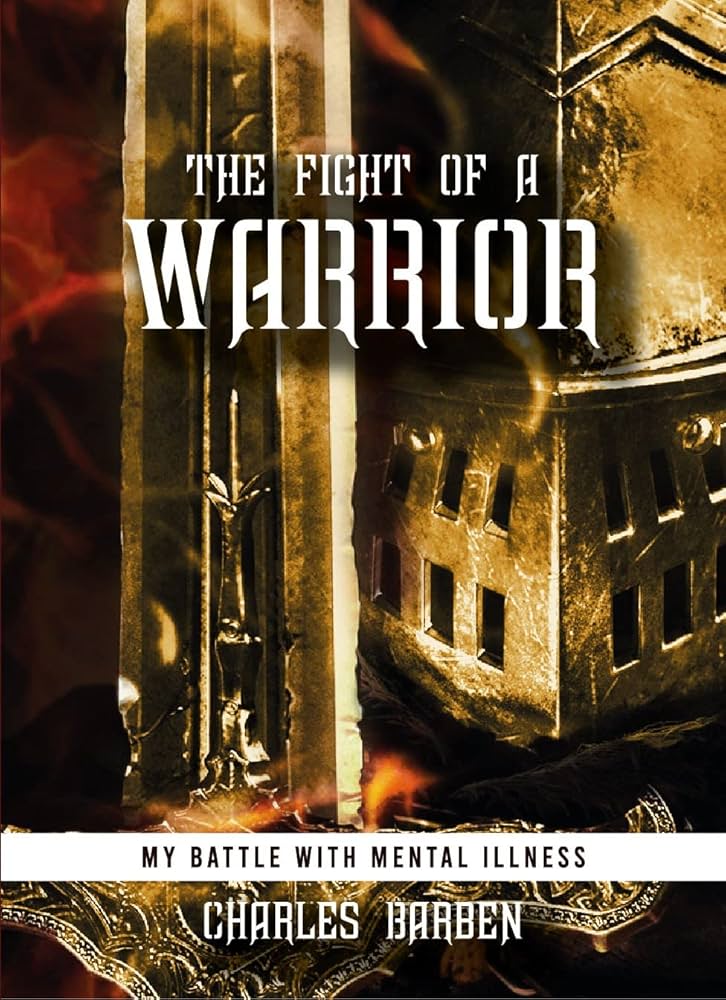More Than a Book — Your Ongoing Mental Health Companion
Our blog continues the 20-step framework from The Fight of a Warrior — turning each step into practical tools, ongoing support, and deeper wellness insights.


Vendor Info and Members Only
Individuals can now purchase a yearly subscription to our Members-Only Blog, which includes full access to a secure library of mental health guides, printable journals, and step-by-step how-to articles designed to support ongoing wellness and personal growth.
Organizations that wish to provide The Fight of a Warrior book to their employees or students (ages 18 and older) can purchase copies in bulk through our Vendor Pricing page.
Everyone can access our 3 most recent blog posts — shown below and updated regularly. All other content is exclusive to members and subscribers.
To purchase full access to the Members-Only Blog and printable journals, click the Subscribe button located in the navigation menu above, or visit our Vendor Pricing page for bulk book orders.
The Fight of a Warrior is intended for readers 18 and older. Individuals and organizations can both play a part in spreading mental health awareness and ongoing wellness education.

Rebuilding Life After Deployment: The Role of VAPs in Transition Support
The United States sees more than 200,000 servicemembers transitioning from active duty to civilian life each year, becoming part of a 19-million-strong military veteran community.…
Read More →
Supporting Students Through Divorce: How SAPs Make a Difference
Students from divorced families face significant financial stress while navigating FAFSA requirements. The process becomes even more challenging as these students deal with both funding issues…
Read More →
How EAPs Help Employees Cope with Divorce in the Workplace
Divorce stands as life’s second most stressful experience, surpassed only by losing a spouse. The stress follows employees to work, making support programs crucial. The Office…
Read More →Mental Health Support Resources
Discover trusted mental health programs available across the U.S., Canada, the U.K., and globally. Whether you’re an individual or part of an organization, this hub links to national options and easy state-by-state directories for local care.
U.S. National Assistance
Find federal and national programs for mental health across the United States.
View U.S. options ➜Canada National Assistance
Explore mental health programs and services available by province across Canada.
View Canada options ➜UK National Assistance
Browse mental health and wellness programs available across the United Kingdom.
View UK options ➜Global & International Assistance
International mental health resources and helplines available worldwide.
View Global options ➜Disclaimer
The Fight of a Warrior is intended for educational and informational purposes only and is not a substitute for professional medical or mental health advice, diagnosis, or treatment. If you are experiencing a mental health crisis or are contemplating suicide, please seek immediate help. Call 911 or reach out to a licensed mental health professional immediately.
For urgent support, please visit the National Suicide Prevention Lifeline or dial 988 for the Suicide & Crisis Lifeline.
